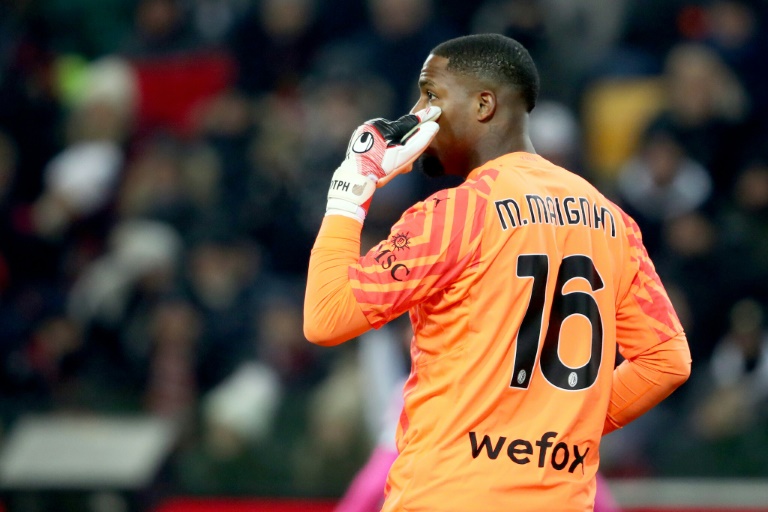As Ukraine faces another harsh winter, the mouse problem is expected to intensify: Report (File)
Kyiv:
The war-ridden frontlines of Russia’s war in Ukraine are grappling with a nightmarish resurgence of rats and mice, echoing the haunting conditions of World War I trench warfare, CNN reported.
The infestation, fuelled by a static war situation and harsh winter conditions, is not only spreading disease among soldiers but also causing severe disruptions in military operations.
Ukrainian servicewoman “Kira” vividly recounted a “mouse epidemic” that plagued her battalion in the southern Zaporizhzhia region last fall. She described the unsettling scenario of soldiers trying to rest, only to be disturbed by mice crawling into their clothing, biting fingers, and causing sleepless nights. In Kira’s dugout, housing four soldiers, the estimated 1,000 mice turned the tables, making the soldiers feel like guests in their own quarters, as reported by CNN.
The infestation is attributed to seasonal changes, the mating cycle of mice, and the stagnant nature of the war. Ukraine’s counteroffensive faced strong resistance from heavily fortified Russian defences, resulting in a protracted conflict. The nearly 1,000-kilometer frontline has become a breeding ground for mice, spreading disease and discontent among troops searching for food and warmth in the bitter winter.
Kira and her fellow soldiers employed various methods, from poison to prayer, to rid their bunkers of mice. However, the relentless influx forced them to explore unconventional strategies. Even the introduction of a cat named Busia, initially effective in catching mice, proved futile in the face of overwhelming numbers.
Videos circulated on social media by Ukrainian and Russian soldiers provided a visual testament to the extent of the infestation. Mice and rats were captured scurrying under beds, in backpacks, power generators, coat pockets, and pillowcases. The severity of the problem reached a point where mice poured forth from a Russian mortar turret, resembling bullets from a Browning machine gun.
In December, Ukraine’s military intelligence reported an outbreak of “mouse fever” among Russian units near Kupiansk in the Kharkiv region. While CNN could not independently verify the report, the disease was described as being transmitted from mice to humans through inhalation of mouse feces dust or ingestion of mouse feces in food. Symptoms included fevers, rashes, low blood pressure, eye hemorrhages, vomiting, severe back pain, and urinary problems.
Ukraine’s Defence Intelligence claimed that “mouse fever” significantly reduced the combat capability of Russian soldiers, highlighting the debilitating impact of the infestation. The specific condition affecting Russian troops was not named, but various diseases associated with living near rodents could present similar symptoms, including tularemia, leptospirosis, and hantavirus, according to CNN.
The situation draws parallels with World War I, where “trench rats” thrived in unsanitary conditions, causing immense stress for soldiers. The rat population surged during periods of conflict stagnation, and concerns arose that a similar pattern is emerging in Russia’s war in Ukraine. General Valery Zaluzhny, head of Ukraine’s armed forces, drew parallels with the technological stalemate of the first world war, emphasising the challenges posed by the conflict.
Ihor Zahorodniuk, a researcher at Ukraine’s National Museum of National History, attributed the mouse infestation to rodent reproduction peaks in the fall and the disruptive effects of the war itself. Winter crops sown in the fall of 2021 were left unharvested in many places in 2022, providing an ideal environment for mice to breed. The dispersal of natural predators further facilitated their propagation.
Beyond causing anxiety and disease among soldiers, mice have devastated military and electrical equipment. Kira, while working as a signalman in Zaporizhzhia, recounted how mice infiltrated metal boxes, chewing through wires and disrupting communications. The financial losses incurred from the damage were significant, amounting to one million hryvnia (USD 26,500) in her dugout alone.
As Ukraine faces another harsh winter, the mouse problem is expected to intensify. Zahorodniuk warned that colder temperatures would drive mice into trenches, exacerbating the situation. He stressed the need for organised efforts to combat the infestation, emphasising the impact on the combat capability of the army, CNN reported.
(Except for the headline, this story has not been edited by NDTV staff and is published from a syndicated feed.)






